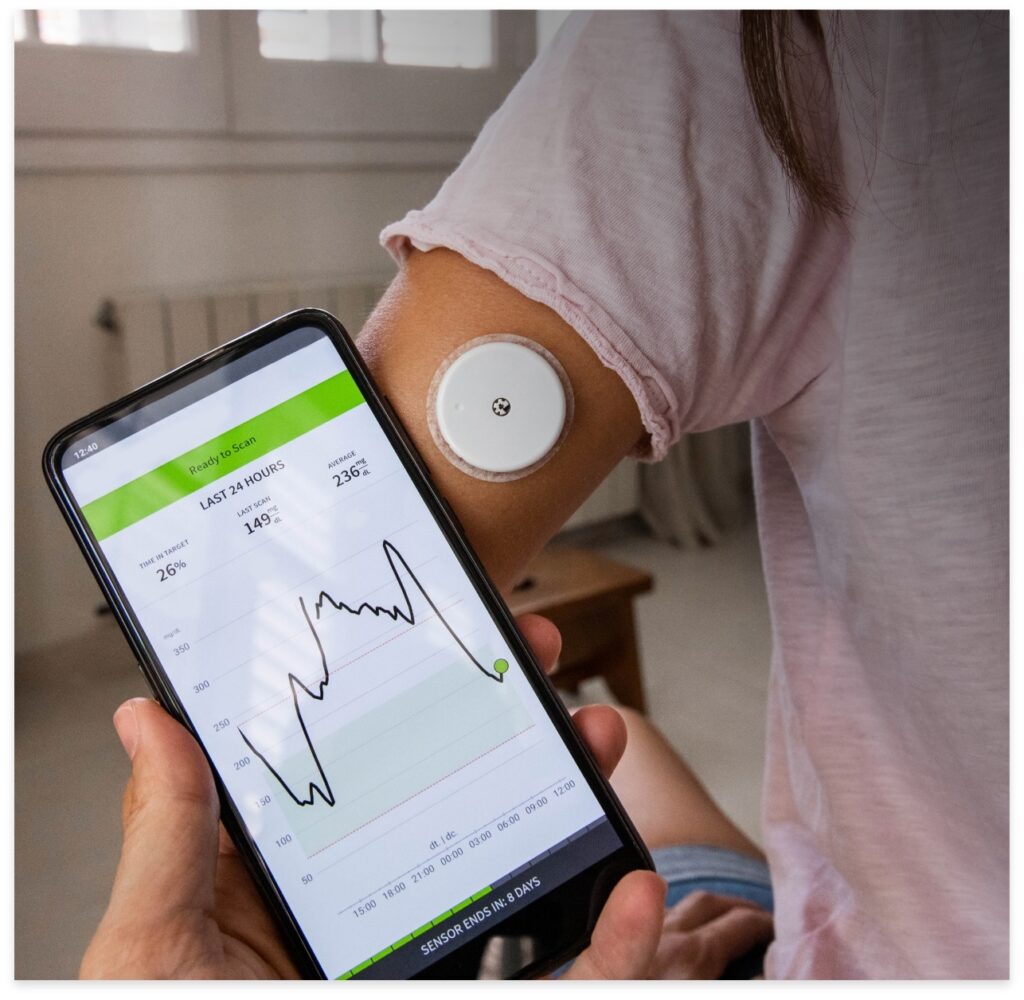In the realm of diabetes management, GLP-1 Therapy has emerged as a game-changing treatment option. This comprehensive guide delves into the multifaceted benefits of GLP-1 analogs and their transformative effects on diabetes care.
What is GLP-1 Therapy and How Does It Work?
Therapy, or Glucagon-like Peptide-1 Therapy, is a class of medications designed to treat type 2 diabetes. It works by mimicking the effects of the hormone GLP-1, which stimulates insulin secretion and inhibits glucagon release, thereby helping to regulate blood sugar levels.
What Can GLP-1 Therapy Achieve in Diabetes Management?
Therapy offers a range of benefits for individuals with diabetes. Not only does it improve glycemic control by enhancing insulin secretion and suppressing glucagon release, but it also promotes weight loss and has positive effects on cardiovascular health.
How Does GLP-1 Therapy Compare to Other Treatments?
Compared to traditional insulin therapy, Lipolysis therapy offers several advantages. It has a lower risk of hypoglycemia, promotes weight loss rather than weight gain, and may even have protective effects on the cardiovascular system.
What Side Effects Should I Be Aware of?
While generally well-tolerated, therapy may cause gastrointestinal side effects such as nausea, vomiting, and diarrhea. These symptoms typically subside over time but can be managed with dose adjustments or supportive care.
What Factors Should I Consider Before Starting GLP-1 Therapy?
Before initiating Therapy, it’s essential to discuss with your healthcare provider any medical conditions, medications, or lifestyle factors that may influence treatment effectiveness or safety. Additionally, considerations such as cost, insurance coverage, and injection technique should be taken into account.
Can GLP-1 Therapy Help Reduce Cardiovascular Risk?
Yes, studies have shown that therapy can reduce the risk of cardiovascular events in individuals with type 2 diabetes. It may also improve lipid profiles and reduce inflammation, further benefiting cardiovascular health.
What Is the Administration Process for Therapy?
Therapy is available in both injectable and oral formulations. Injectable formulations are typically self-administered via subcutaneous injection, while oral formulations offer a convenient alternative for patients who prefer non-injectable options.
Must Read How Blood Sugar Changes Affect Thinking in Folks With Type 1 Diabetes?
Expanding on GLP-1 Therapy: Unlocking Its Potential
As we delve deeper into the realm of diabetes management, the role of Therapy becomes increasingly prominent. Its multifaceted benefits extend far beyond conventional treatments, offering a comprehensive approach to controlling blood sugar levels and improving overall health outcomes for individuals with type 2 diabetes.
Exploring the Weight Loss Benefits of GLP- Therapy
One of the most significant advantages of Therapy is its potential for weight loss. Unlike many other diabetes medications that may lead to weight gain, Oral therapy for diabetes has been associated with modest but consistent reductions in body weight. This effect is thought to be mediated by its ability to slow gastric emptying, increase feelings of fullness, and reduce food intake. For individuals struggling with obesity and diabetes, the weight loss benefits of therapy can be particularly advantageous, helping to improve both metabolic and cardiovascular health.
Understanding the Mechanisms of Cardiovascular Protection
In addition to its effects on glycemic control and weight loss, Lipolysis therapy has emerged as a promising agent for cardiovascular protection. Studies have shown that therapy may reduce the risk of major adverse cardiovascular events, including heart attack, stroke, and cardiovascular death, in individuals with type 2 diabetes and established cardiovascular disease. The exact mechanisms underlying this cardiovascular benefit are not fully understood but may involve improvements in vascular function, reductions in inflammation, and stabilization of atherosclerotic plaques. These findings highlight the potential of Lipolysis therapy not only to manage diabetes but also to mitigate the risk of cardiovascular complications, which are a leading cause of morbidity and mortality in individuals with diabetes.
The Future of Lipolysis Therapy: Expanding Indications and Improving Access
As research continues to uncover the diverse benefits of Incretin-based therapy, efforts are underway to expand its indications and improve access for individuals who may benefit from this treatment. Clinical trials are exploring the use of therapy in various patient populations, including those with prediabetes, obesity, and heart failure. Additionally, efforts to develop more convenient and affordable formulations of therapy such as long-acting injectables and oral agents, aim to enhance patient adherence and reduce barriers to treatment access.
Also, read about Are Continuous Glucose Monitors beneficial for Type 1 diabetes?
Conclusion
In conclusion, GLP-1 Therapy represents a significant advancement in the management of type 2 diabetes. Its unique mechanism of action, combined with its favorable effects on blood sugar control, weight loss, and cardiovascular health, make it a valuable treatment option for individuals living with diabetes. By addressing key questions about its benefits, side effects, and administration, this blog aims to provide a comprehensive overview of Lipolysis therapy in improving outcomes and quality of life for patients.


